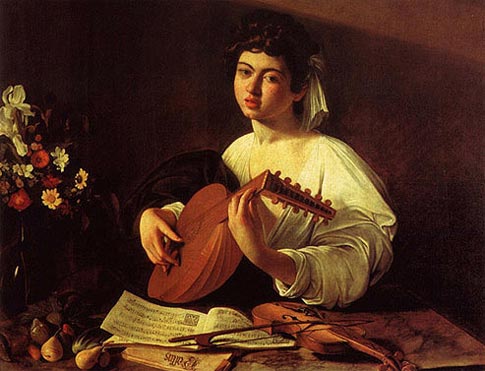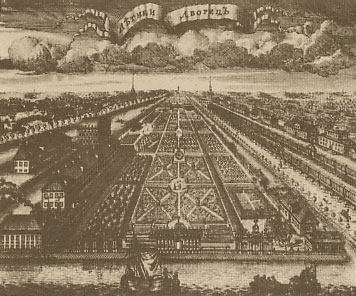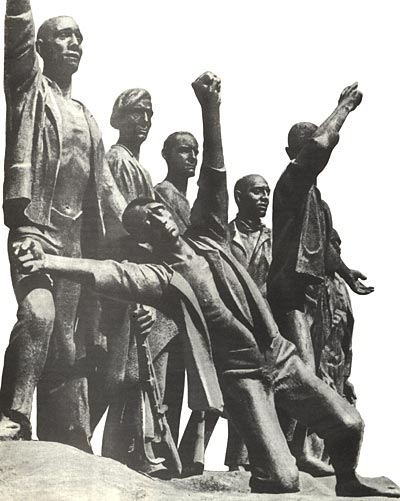Roman historian
Egyptian ostracon drawings
 In the art of ancient Egypt there are monuments that make up a special group. These are works of graphics – drawings on the boards. The Greek word “ostracon” literally means a shard, a fragment of ceramics. However, in relation to the art of ancient Egypt, it has a more capacious meaning. This word is commonly understood as drawings made not only on fragments of ceramics, but mostly on chipped stone (usually limestone), less commonly wood, that is, on material that was always at hand with masters engaged in decorating the tombs of the Theban necropolis — painting walls , manufacturing of statues and items of funeral inventory. Continue reading
In the art of ancient Egypt there are monuments that make up a special group. These are works of graphics – drawings on the boards. The Greek word “ostracon” literally means a shard, a fragment of ceramics. However, in relation to the art of ancient Egypt, it has a more capacious meaning. This word is commonly understood as drawings made not only on fragments of ceramics, but mostly on chipped stone (usually limestone), less commonly wood, that is, on material that was always at hand with masters engaged in decorating the tombs of the Theban necropolis — painting walls , manufacturing of statues and items of funeral inventory. Continue reading
Venice School of Painting
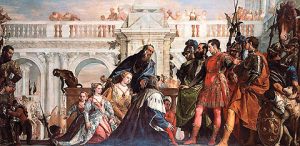 The heritage of the Venetian school of painting is one of the most striking pages in the history of the Italian Renaissance. The “Pearl of the Adriatic” – a quaintly picturesque city with canals and marble palaces, spread out on 119 islands among the waters of the Gulf of Venice, was the capital of a powerful trading republic that held all trade between Europe and the countries of the East. This became the basis of the prosperity and political influence of Venice, which included part of Northern Italy, the Adriatic coast of the Balkan Peninsula, and overseas territories. She was one of the leading centers of Italian culture, typography, humanistic education. Continue reading
The heritage of the Venetian school of painting is one of the most striking pages in the history of the Italian Renaissance. The “Pearl of the Adriatic” – a quaintly picturesque city with canals and marble palaces, spread out on 119 islands among the waters of the Gulf of Venice, was the capital of a powerful trading republic that held all trade between Europe and the countries of the East. This became the basis of the prosperity and political influence of Venice, which included part of Northern Italy, the Adriatic coast of the Balkan Peninsula, and overseas territories. She was one of the leading centers of Italian culture, typography, humanistic education. Continue reading
Pre-Raphaelite Brotherhood
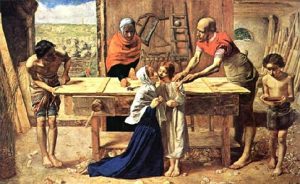 For a proper understanding of the pre-Raphaelite movement, it is necessary to identify the difference between its individual stages, which stretched over several decades. It should be noted that many foreign historians and critics of art are silently ignoring or deliberately distorting its progressive line, trying to limit the rebelliousness of the Pre-Raphaelites to a purely artistic field.
For a proper understanding of the pre-Raphaelite movement, it is necessary to identify the difference between its individual stages, which stretched over several decades. It should be noted that many foreign historians and critics of art are silently ignoring or deliberately distorting its progressive line, trying to limit the rebelliousness of the Pre-Raphaelites to a purely artistic field.
In September 1848, seven young men, students of the school of the Royal Academy of Fine Arts in London, formed a “Pre-Raphaelite brotherhood” with the goal of making a revolution in English art. Continue reading

